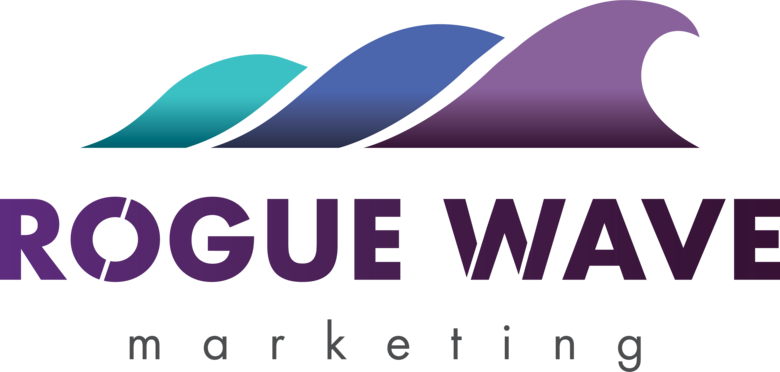Social media metrics are the data that gauges the impact of how well a post is performing online. These metrics are important because they prove you can measure how successful a campaign is, how well your marketing strategy is performing, and overall online business growth. More importantly, they are one of the biggest ways to show the value of your work. Metrics can also give you more insight into your followers, target audience, and how they interact with your brand.
This article is a high-level breakdown identifying which social media metrics are important to track, why they are important, and how you can use them with your brand.
The data that is collected and presented to you through the insight or analytics should show you in one way or another where your business is over performing AND underperforming. Understanding how the data works and knowing how to “beat the algorithm” will better help you develop social media marketing strategies that can ACTUALLY grow your brand.
According to Eddie Shleyner, an author at Hootsuite, these are the biggest categories to look at with social media metrics:
- Awareness: highlights your current and potential audience (targeted)
- Engagement: how the audience is interacting with your content
- Conversion: demonstrates how well your content is turning prospects into customers
- Consumer: echos your audience’s reactions and behaviors
Brand Awareness
Brand awareness refers to the familiarity of consumers being able to recall and/or recognize a business. It is extremely important to have strong brand recognition because it is the first step in the marketing funnel and is a good first step to acquiring customers.
Following are the three best metrics to help track brand awareness for your business on a variety of platforms.
1. Facebook Referral Traffic on Google Analytics
Facebook referral traffic is the number of times someone clicked from your Facebook Page to your website. You can track this by going into your website’s Google Analytics. Once you are signed in, scroll down to the “Acquisition” >> All Traffic >> Referrals. Under this, you will be able to see where your audience on your website is directly coming from. If your Facebook has your website’s link, then it should up here.
2. Business Profile Search on Google My Business
There are quite a few metrics that show the number of people directly clicking on your business on Google. Once you log into your Google My Business, go to “Insights” on the left side of your screen. The first diagram that shows up refers to the number of people that click on your business listing and how they found your business. The three ways are Direct, Discovery, and Branded.
People who find your business’s profile through searching for your business, name, or address, are known as direct. If people find your business because they were searching for a product, service, or category it is called discovery. Lastly, branded is the group of people who find your business through another brand related to your business.
3. Audience Growth Rate
This is a great way to determine the rate at which your audience is growing online. You can calculate this number by dividing your Net Followers by your Total Followers and multiplying it by 100. (Will result in a percentage).
Audience Engagement
Whether they are likes, comments, or shares, they all matter. Audience engagement is a crucial part in acknowledging the number of people who are constantly engaging with your brand.
Below are our two best metrics to help track audience engagement for your business on a variety of platforms.
1. Conversion Rate on Social Media Platforms
Conversion rates refer to the number of conversions divided by the total number of customers. This is an effective way of comparing and contrasting the performance of your business’s advertising and ability to get customers to follow through with a purchase.
2. Engagement Rate on Social Media Platforms
Engagement rates are a direct correlation between the amount of engagement your posts get compared to the audience reach. You can calculate this number by dividing the number of engagements by the total number of impressions or reach.
Audience Conversion
Every business should know its conversion rates. This will ultimately help your business determine marketing strategies that will actually help your business grow.
The following metrics will help you calculate the number of customers who visit your page AND take action on another page.
- Click-Through Rate on Social Media (CTR)
This refers to how often your audience clicks on a call-to-action link connected with your post. CTR is specifically where the link brings the customer to additional content. To track this metric, you divide the number of clicks by the number of impressions and multiply by 100 which will give you your CTR percentage.
- Bounce Rate on Social Media
Bounce rates are similar to the opposite of conversion rates. This is particularly important because it is a key indicator if certain pages are “irrelevant”. A high bounce rate is alarming because it shows that people are not paying attention to any of your content. You can track this metric by going to your business’s Google Analytics Page. Then open the “Acquisition” tab >> All Traffic >> Channels. The channels will automatically rank the channel sources from lowest bounce rate to highest.
Consumer Reactions & Behaviors
Consumer reactions and behaviors are very important and can be measured by individually tracking the different interactions that people can take with your post. For example, tracking impressions/reach, likes, comments, shares, clicks on your website, etc.
There’s no charge to talk through your needs & see if we’re a solid fit, so let’s get together over coffee (or “zoom” coffee) and get to know one another! Reach out to [email protected] or call/text (262) 343-6650.








